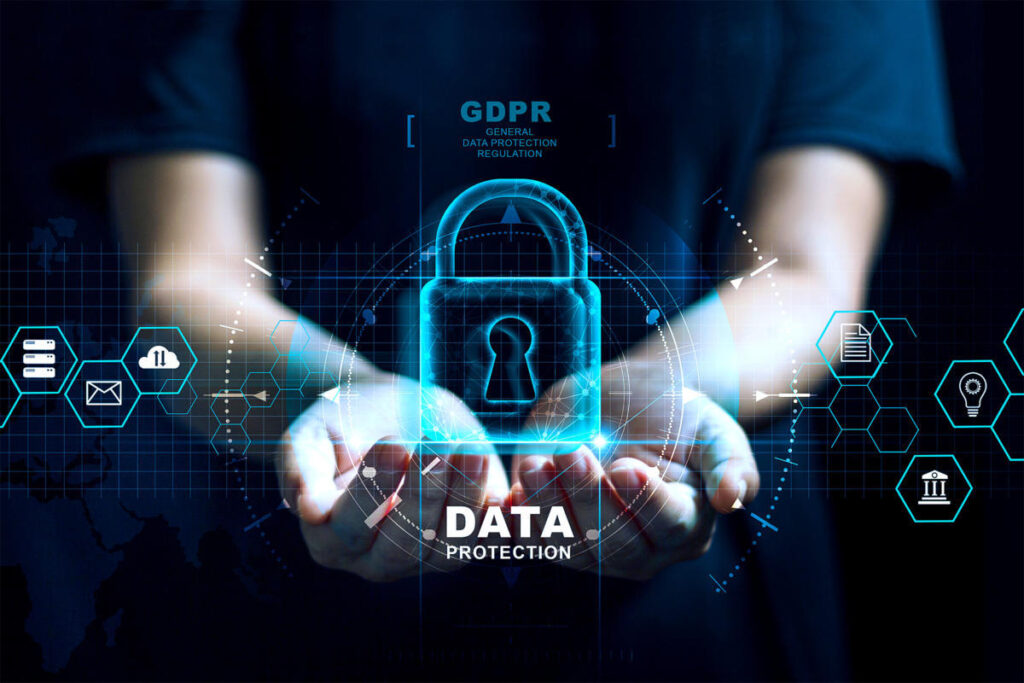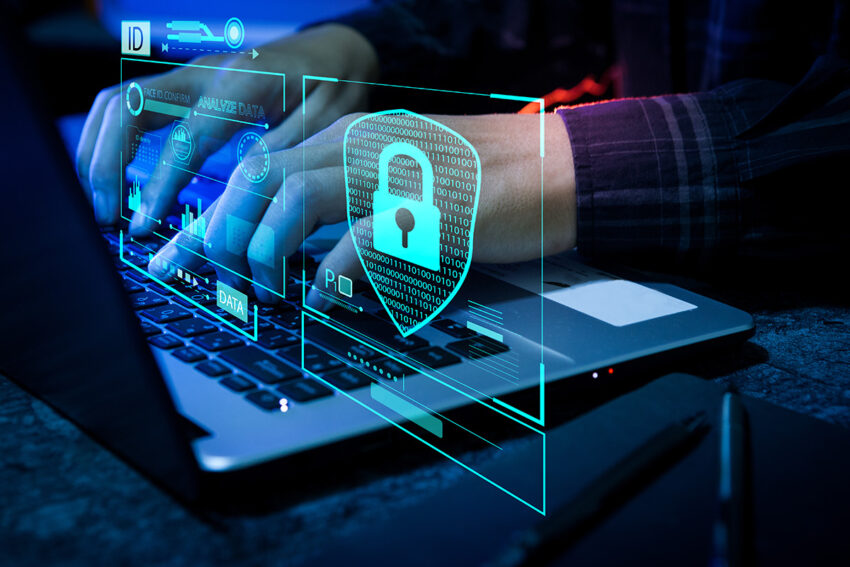As a business owner, you know how important it is to protect your company’s valuable data. You also understand that the technology used to secure the data is ever-evolving and keeps changing as new threats become more sophisticated. That’s why it’s essential for any business owner who utilizes information technology to keep up with modern security solutions and implement this critical technology for IT security.
1. Antivirus

In the business world, information technology (IT) is a necessity. It helps businesses run more efficiently and connect with customers and employees. However, as essential as IT is, it also comes with risks. Companies need to be aware of these risks and take steps to protect themselves. One critical part of IT security is antivirus software.
Antivirus software helps protect your computer from malware, which is software that can harm your system or steal your data. It works by scanning your computer for viruses and removing them. Antivirus software is an essential line of defense against malware, but it’s not the only one. To fully protect your business, you should also use other security measures such as firewalls and password protection.
If you need help determining what security measures suit your business, an IT consultant can help you assess your needs and create a plan. Securing your IT infrastructure is essential to protecting your business from cyber threats.
2. Intrusion detection and prevention systems

Intrusion detection and prevention systems (IDPS) are a key technology used for IT security. IDPS can help block or detect malicious activity on a network or computer system.
They monitor network traffic and look for suspicious activity, such as abnormal traffic patterns or known malware. If suspicious activity is detected, the IDPS can take action to prevent it, such as blocking the connection or quarantining the affected system.
IDPS are a vital part of any IT security strategy, as they can help protect against a wide range of threats. However, it is essential to remember that IDPS are not a silver bullet and should be used with other security measures, such as firewalls and antivirus software.
3. Firewalls

Firewalls are vital to IT security, as they are a barrier between a company’s internal network and the INTERNET. Firewalls can be either hardware- or software-based and can be configured to allow or deny specific types of traffic.
To be effective, firewalls must be constantly updated with the latest security patches and monitored 24/7. Many companies choose to outsource their firewall management to a third-party provider.
4. Data Backup

There are many forms of data backup: full, incremental, and differential. Full backups copy all data from the source device to the destination. Incremental backups copy only new or changed data from the source device to the goal since the last backup.
Differential backups copy only new or revised data from the source device to the destination since the last full backup. Most businesses use a combination of these three backup types to ensure that their data is safe and secure in case of unforeseen disasters.
There are many storage media options for backing up data: external hard drives, optical discs, flash drives, and cloud storage. Choosing a reliable storage media with a large enough capacity to store all of your business’s data is crucial.
5. Data Loss Prevention

Any business owner who utilizes information technology should be familiar with key technologies for IT security, including data loss prevention. Data loss prevention (DLP) is a set of tools and best practices to prevent the unauthorized disclosure of sensitive information. DLP can protect confidential data at rest, in transit, and in use.
Many DLP solutions are available, but they all share some standard features. DLP solutions typically include:
- A central management console that allows administrators to monitor and manage DLP across the organization.
- Rules or policies that define what types of data are considered sensitive and should be protected.
- Activity monitoring to detect and track potential data leaks.
- Data encryption to prevent unauthorized access to sensitive data.
- Content filtering to block email attachments and other files that could contain sensitive data
The benefits of using DLP are clear. Businesses can avoid costly fines, reputation damage, and loss of customer trust by preventing sensitive data from being leaked outside of the organization. Implementing DLP can also help businesses comply with industry regulations, such as the EU General Data Protection Regulation (GDPR).
However, it’s important to note that DLP is not a silver bullet for all security problems. It’s just one tool in the IT security toolbox. To fully protect your organization’s data, you must implement a comprehensive security strategy that includes multiple layers of defense.
6. Authentication and authorization

Many different technologies can be used for authentication and authorization, but some of the most common ones are passwords, tokens, and biometrics.
Passwords have been the traditional authentication method for many years, but they can be easy to guess or brute force. Tokens are devices used to generate a one-time password or code that is then used for logging in. Biometrics is a newer method of authentication that uses physical characteristics like a fingerprint or iris scan.
Each method has its strengths and weaknesses, so choosing the one that best fits your needs is essential. Passwords can be easily guessed or brute force, but they are still the most commonly used authentication method. Tokens are more secure than passwords but can be lost or stolen. Biometrics is the safest option, but it cannot be easy to set up and use.
7. Hardware-based security

As the world becomes increasingly digital, businesses rely on information technology (IT) to keep their operations running smoothly. Unfortunately, this also makes them more vulnerable to security threats. Hackers are always looking for new ways to break into systems and steal data, so businesses need to stay up-to-date on the latest IT security technologies.
One fundamental way to protect your business is through hardware-based security. Using physical devices, like firewalls and encryption chips, creates a barrier between your data and potential attackers. Hardware-based protection is often more effective than software-based security because it’s much harder for hackers to bypass.
Various hardware-based security solutions are available, so choosing the best fit for your needs is essential. For example, if you’re worried about someone stealing your data through a USB drive, you can invest in a device that encrypts all the data. Or, if you’re concerned about someone gaining access to your network remotely, you can use a firewall to block unauthorized traffic.
No matter what hardware-based security solution you choose, ensure it’s regularly updated with the latest firmware and software patches. This will help ensure that it can still protect your data even as hacker techniques evolve.
Conclusion

IT security is a crucial topic that any business owner who utilizes information technology should be aware of. Several key technologies are available to protect the company’s data and systems, such as antivirus software, firewalls, password management solutions, encryption tools, and more.
Businesses must stay up-to-date with the latest IT security technologies to ensure their data remains safe from malicious actors. By investing in these critical IT security technologies, or seeking a cybersecurity expert to do it for you, businesses can ensure their data is secure and protected against potential threats.

